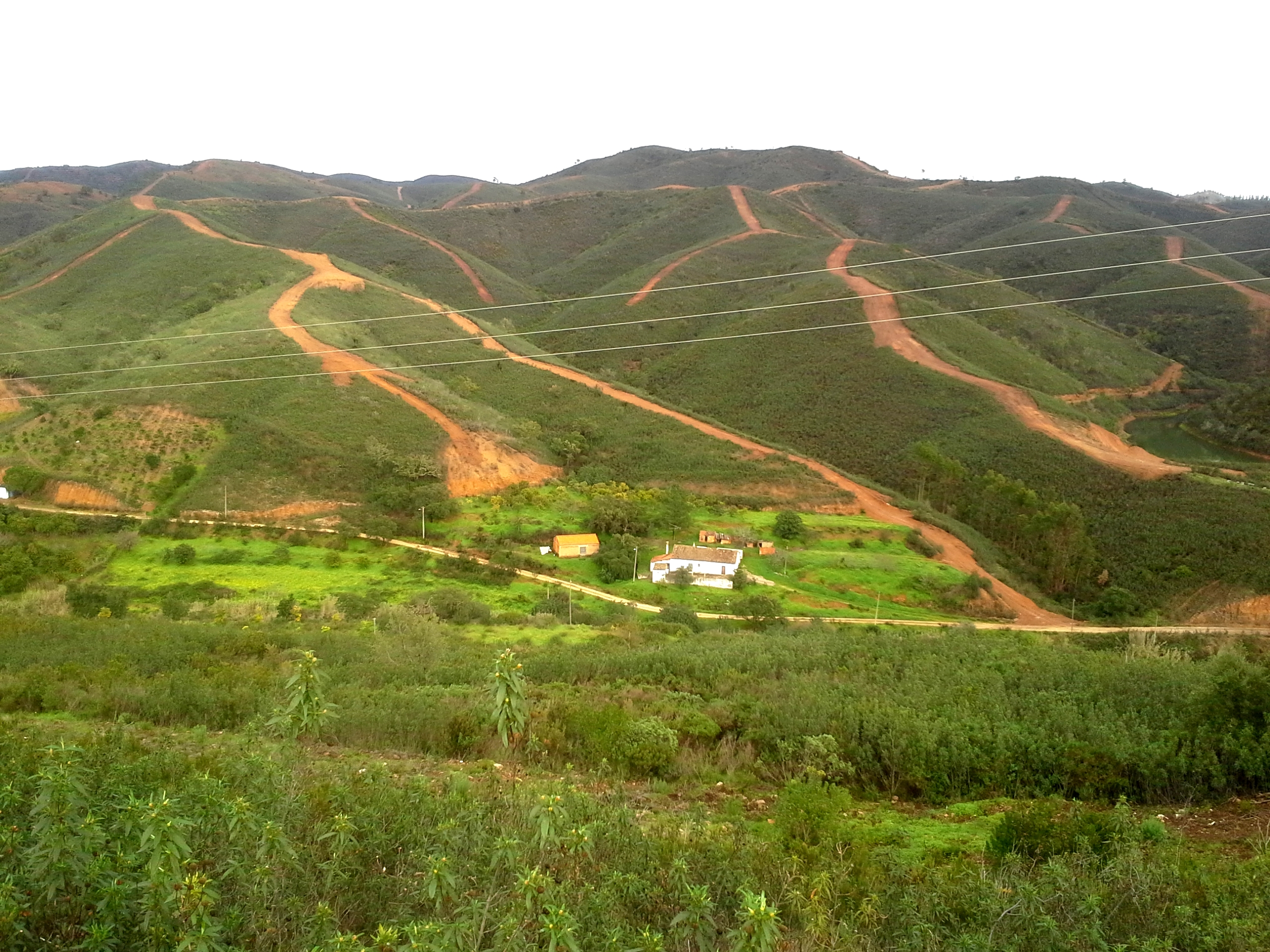 Miguel Reimão Costa's work, “Casas e Montes da Serra – between the extremes of the Alentejo and the Algarve” will be presented at the Museu do Traje e das Tradições, in São Bartolomeu de Messines, on Saturday, February 27, at 16:30 pm.
Miguel Reimão Costa's work, “Casas e Montes da Serra – between the extremes of the Alentejo and the Algarve” will be presented at the Museu do Traje e das Tradições, in São Bartolomeu de Messines, on Saturday, February 27, at 16:30 pm.
According to Câmara de Silves, which promotes the initiative, “Casas e Montes da Serra – between the extremes of Alentejo and Algarve” is a study on housing in the Algarve mountains, “namely on the evolution of the house in the Serra do Caldeirão (between the Guadiana and the gate of São Marcos da Serra)».
The work, published by Edições Afrontamento, is the doctoral thesis that Miguel Reimão Costa presented at the University of Porto, in 2009. With 495 pages, the research is divided into three themes: “The serra and the serras”, which addresses the characterization of the space, “A casa e das casa”, with the analysis of the evolution, organization and composition of the dwellings and “O monte e os montes”, which tells the history and transformations of the mountains of the mountain range.
The municipality of Silvense adds that the book's annexes contain some of the most relevant testimonies for the study of inhabitants of São Bartolomeu de Messines, such as Noémia Rodrigues, from Pereiro Alto, Hortense Maria Guerreiro, from Zebro de Baixo, and José Palma Martins , by Zebro de Cima and Mário Rodrigues, by Vale da Velha.
The event is free.
About Miguel Reimão Costa:
Miguel Reimão Costa was born in Faro in 1971. He is an architect and assistant professor at the Faculty of Science and Technology (FCT) of the University of Algarve (UAlg). He coordinated the Technical Support Office for the Algarve – Sotavento Villages (CCDR Algarve) between 2001 and 2004 and was the researcher responsible for the project “Rural Heritage Built in Baixo Guadiana”. He was also the researcher responsible for the project “Traditional architecture of the village and term of Mértola”. He is currently an integrated researcher at the Center for Studies in Archeology, Arts and Sciences of Heritage / Archaeological Field of Mértola (CEAACP/CAM) and member of the Center for Studies in Heritage, Landscape and Construction of the University of Algarve (CEPAC).
excerpt from the work:
«In most of the mountains, from the Lower Guadiana to the Western Strand, its inhabitants repeatedly justify the genesis of these gaps blocked by the troubled period of the civil war of the XNUMXs, when the Serra served as a retreat and barracks for the Miguelista guerrillas. Regardless of the veracity of this narrative, which, as we said, is repeated in countless and distant places in the Serra, it ends up translating, in each of these testimonies, the idea of a large common house. Although it appears associated with very adverse historical circumstances, this idea of the large common house is an allegory of the estate understood as housing of a large extended family (in the generic sense of the term) or, at least, as a built-up complex inherent to a community marked by intricate kinship relations, allowing us to understand, in another way, the characteristic organization of these settlements in the modern period, from the scale of the built groups to the scale of the greater space of rossio».

















Comments